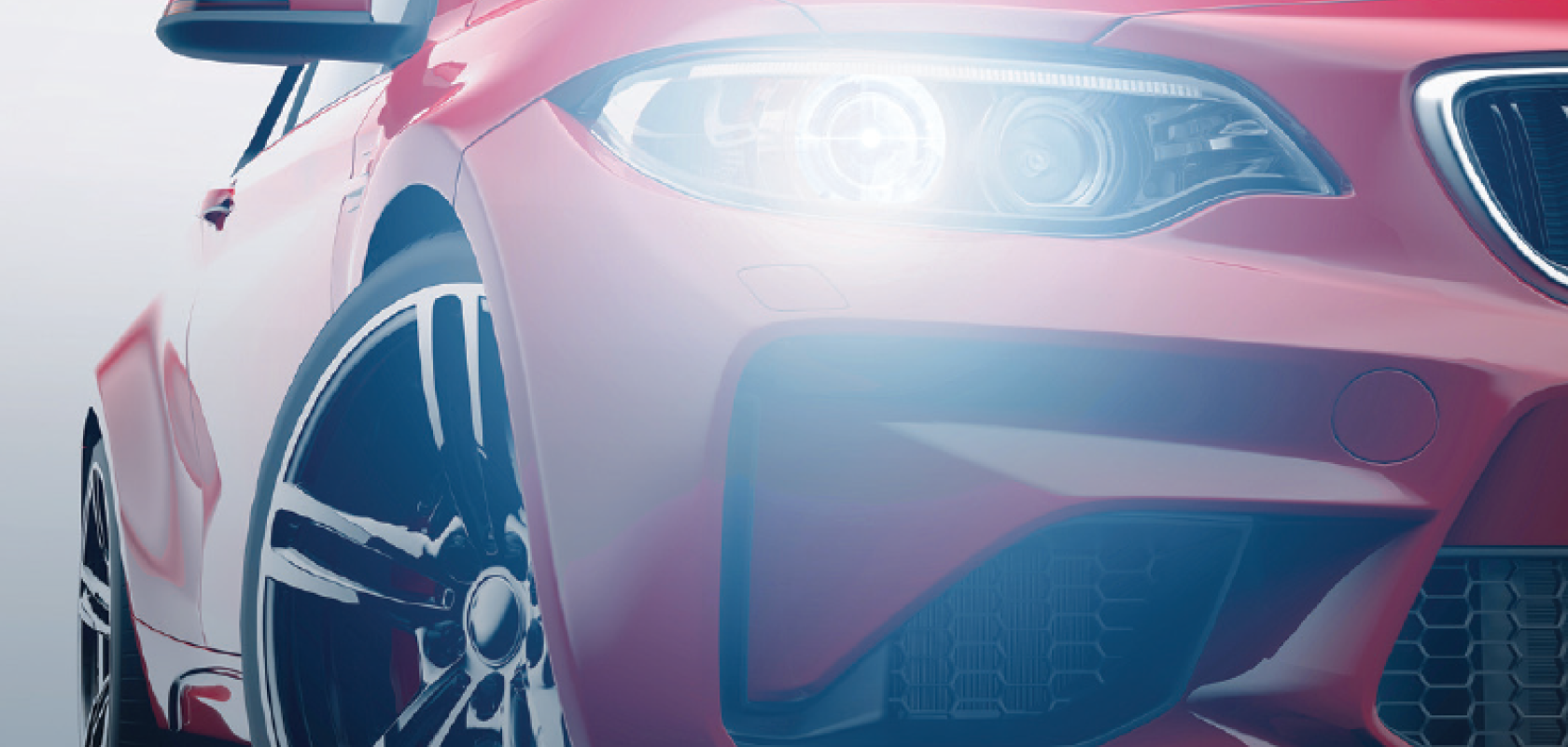In today’s cars, many comfort functions support drivers all over the world on their journeys. Working in the background, invisible to most, they provide more comfort and safety no matter the driving or weather conditions.
In addition to our comfort, EU rules are becoming stricter with new 2022 regulations1 for advanced systems aiming to improve the safety of both occupants and vulnerable road users. Ultimately, this will help achieve the EU’s long-term goal of moving close to zero fatalities and serious injuries by 2050.
Hamamatsu Photonics, a 70-year leading expert in optoelectronic technology, develops high-quality optical sensors for the automotive industry. Knowledgeable of many of the challenges faced by this market, it offers diverse advanced technologies to assist in safe, reliable, green, and comfortable car driving. Out of the range of automotive devices offered, photo ICs (integrated circuits) are a key component that come in many shapes and forms but prove essential for many light-sensing automotive applications.
Photo IC is an intelligent optical sensor with diverse functions that integrate a photodiode with signal processing IC in the same package. Hamamatsu designs all types based on the mounting environment and application needs. These compact and lightweight devices can serve, be adapted or integrated to function as illuminance sensors, colour sensors, encoder modules, photo sensors with front-end IC, and photo ICs for optical links.
See the lidar light
To detect the ambient light level, illuminance sensors are ideal. These sensors are built for excellent linearity and a large dynamic range with five orders of magnitude, in order to detect low light levels in the dark, as well as bright daylight. Smart auto headlights respond to the ambient light level to automatically turn the headlights of a car on or off. An illuminance sensor mounted near the dashboard monitors the brightness outside the car and turns on the parking lights or headlights when the brightness drops below a certain light level.
Auto anti-glare rearview mirrors also have an illuminance sensor that automatically adjusts the mirror reflectance when it detects intense light (high-beam headlights) from a rear-approaching car at night, so that the driver is not dazzled by the headlight glare.
Providing comfort, colour sensors help give information on brightness or colour functions for displays, dashboard and interior lighting, for example dimming of the head-up display. Interior illumination, according to certain situations or moods, is one of the big topics for car manufacturers today.
Scientific studies show that light influences mood and the condition of the driver. Adjustment of brightness or colour can support the driver to remain attentive while driving. Special filters are used to achieve sensitivity close to the human eye. RGB sensors improve the categorisation of the measured light, in order to distinguish the different times of the day, weather conditions, or between natural and artificial light sources. Also, encoder modules can be found in the human-machine interface or HMI, which is the now indispensable equipment and software that help us operate the steering wheel and instrument panel.
A look at automotive lidar
One of the most promising developments in recent years has been the use of light detection and ranging systems, an optical method aimed at measuring distances and speed. It measures distance by emitting laser light to a target and detecting its reflection with the photosensor. It is increasingly important in today’s safety measures, as it helps us detect obstacles and avoid collisions.
Photo sensors with front-end IC intervene by optically measuring the distance from the car in front and control the distance between vehicles and is used as many of the products offered by Hamamatsu for time-of-flight (TOF) and frequency-modulated-continuous-wave (FMCW) lidar.
Finally, tackling environmental challenges is also at the forefront of the automotive industry. Photo ICs for optical links can be useful to help monitor and control the current, voltage, temperature, and functionality of each individual battery cell in order to assure the best reliability and performance of the battery pack.
Additionally, multimedia information including the video and audio data we enjoy in a car is sent via a wire harness or optical fibre cable between various devices such as a display, in-car camera, audio player, and speakers. Light emitter and receiver photo ICs are used for such information exchange through optical links using optical fibres.
From design to manufacturing, Hamamatsu delivers standard and customised solutions with high-volume manufacturing capabilities. Please contact Hamamatsu Photonics for all your automotive needs now and in the future.
Reference
1. Road safety: Commission welcomes agreement on new EU rules to help save lives (europa.eu)
Further information
For more information about Hamamatsu’s solutions for the automotive sector, visit: www.hamamatsu.com




